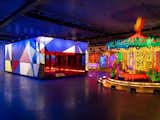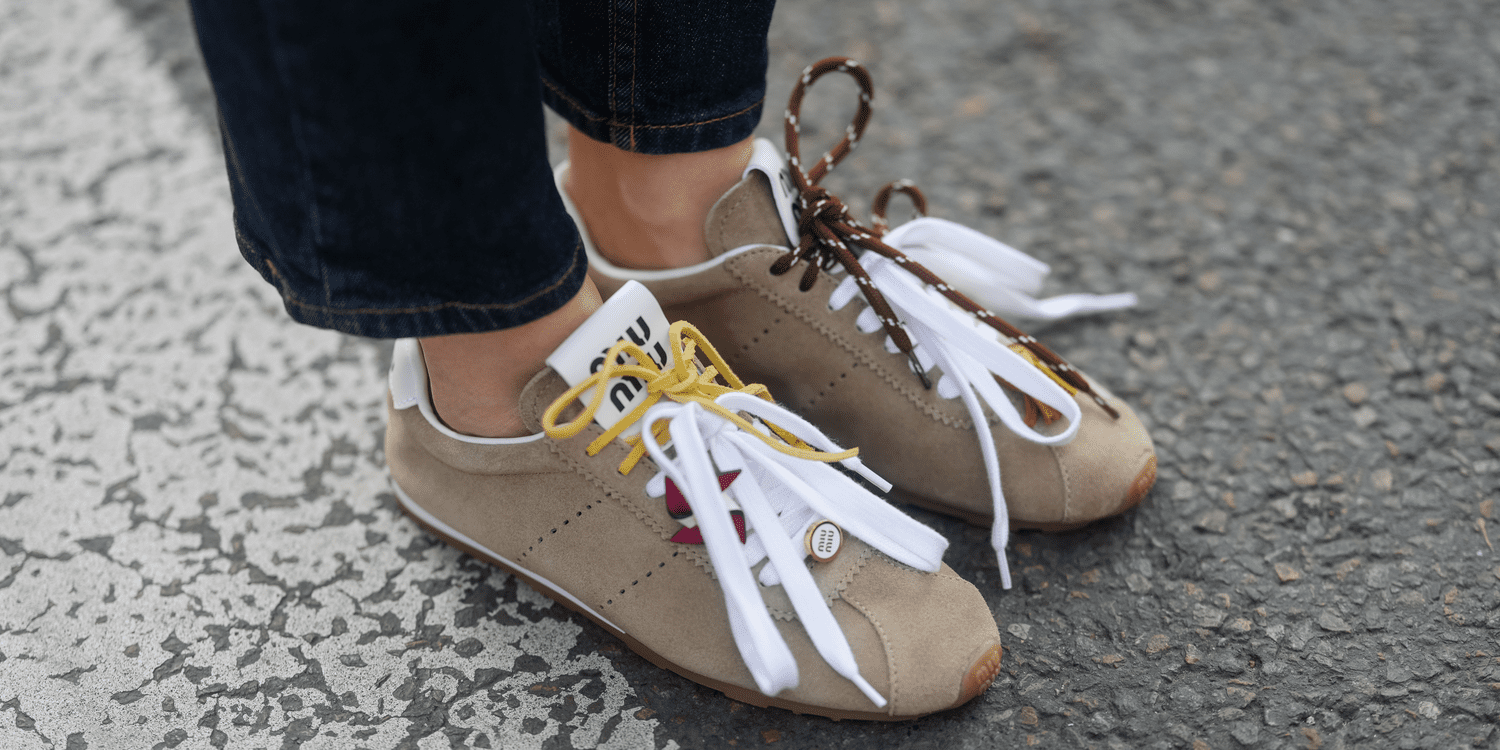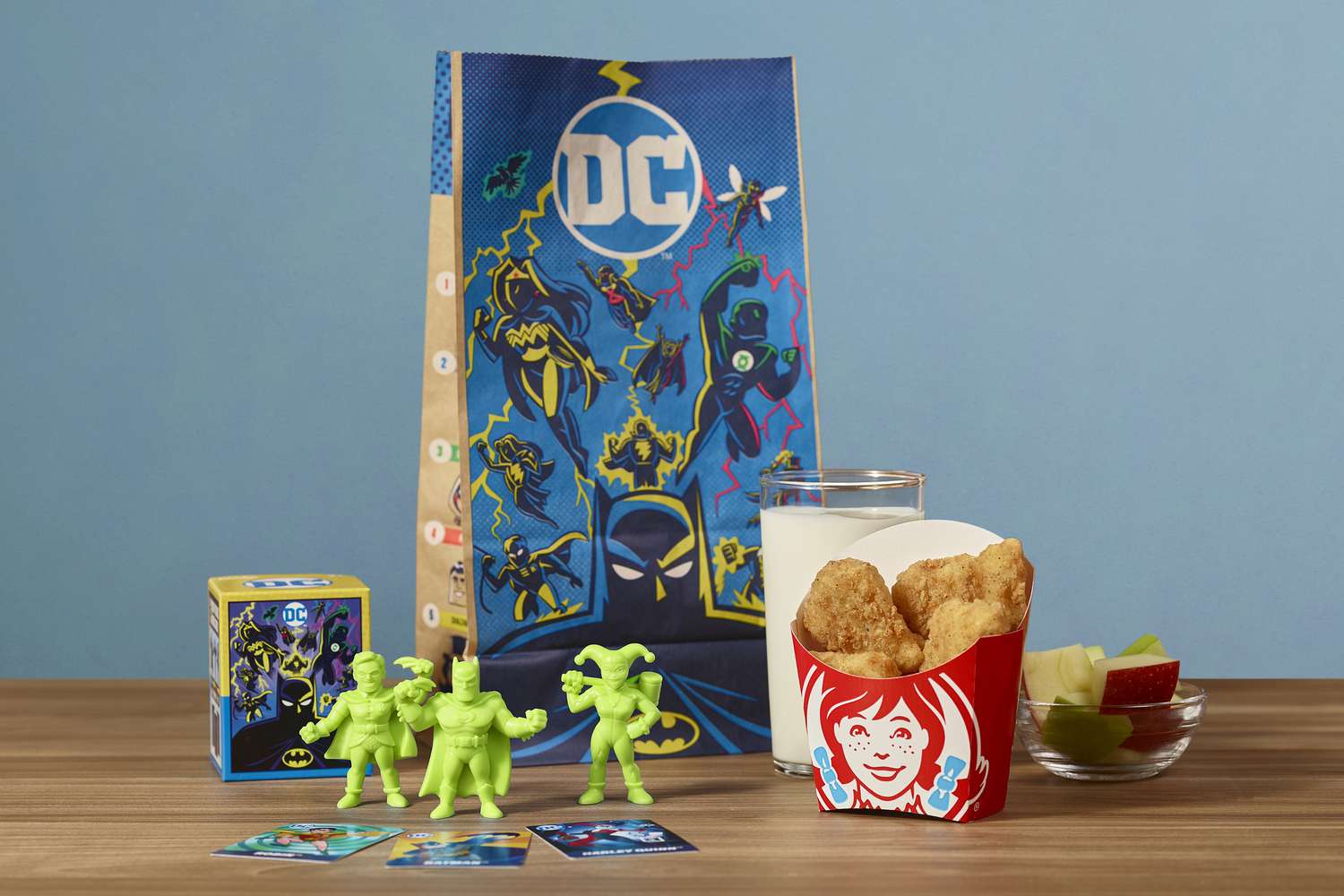
The Restaging of “Luna Luna” Calls Back to a More Exciting—But Dead—Art World
The modern incarnation of Luna Luna is not the 1987 theme park envisioned by artist and curator André Heller. It’s not even close. Instead of a park in Hamburg, Germany, this resurrection is hosted at The Shed—a relatively new 200,000-square-foot structure in Midtown Manhattan constructed to “welcome innovative art and ideas.” In a broader cultural landscape that’s dripping nostalgia and pastiche, this $100-million-dollar (funded in part by rapper Drake’s media company, DreamCrew) restaging of pieces from the ’80s by big business interests is a compelling window to a time when provocative Pop art looked toward—and attempted to influence—the future.
In 2025, the ticket to attend is no longer 20 Deutsche Marks (around $22 today), and you can’t get on any of the rides. But for $44 dollars ($64 on weekends), you can still view the majestic attractions created by artists like Salvador Dalí, Keith Haring, David Hockney, Roy Lichtenstein, and Jean-Michel Basquiat. It’s not a fairground built for running and laughing—it’s an exhibit staged for milling and posting on social media. There are a few interactive experiences: walking around the two halls of mirrors, getting (fake) married in the wedding chapel, engaging with actors patrolling the floor, and playing with stuffed rubber blocks.
Despite the contrast to the original, Luna Luna finds a successful middle ground between trendy participatory “immersive museum,” curated exhibition, and historical preservation project—marrying a serious art show with Instagram-perfect photo ops. This formula has proven incredibly popular, first welcoming 150,000 visitors in L.A. for the better part of 2024 and now on an extended New York City run until February 23.
Upon entering, an usher advises visitors to work their way along the perimeter and read a historical timeline on the walls—a new element of the exhibit—before taking in the artifacts themselves. The timeline begins at the turn of the 20th century, combining historical context with a history of the park and its contributors. Holocaust tragedies, notable art history moments, and political upheavals give the viewer context and a sense of urgency. But the timeline stops in 1987 at the park’s debut. A short addendum details Luna Luna’s quiet retreat from public view and mentions a few historical events such as 9/11, the fall of the Berlin Wall, and the sale of a Van Gogh for $53.9 million. The timeline restarts in the 2000s, with a much shorter space dedicated to a practical account of restoring Luna Luna. No historical context was added to the more recent history.
The lack of interest in the contemporary feels apt for our current moment. Amid a precarious future due to climate change, regressions of civil rights under a forthcoming administration, and widespread artist censorship, it’s no surprise we are awash in economically and politically safe reboots and live-action adaptations. In Ghosts of My Life (2014), pop philosopher and music critic Mark Fisher wrote about “the slow cancellation of the future,” detailing how—thanks to a variety of political and social factors—pop culture of the 2000s and onward has become less and less interested in breaking new creative ground. Its focus is reminiscing and recycling the past. Similarly, Dean Kissick’s recent (much applauded and criticized) Harper’s essay, in part, lamented the art world’s “nostalgic turn towards history”—looking towards the past as a bland way to reconsider our present moment.
Restaging Luna Luna’s then-forward-looking art stands as a memorial to an era when mass culture was an imaginative tool for interpreting and reimagining our current situation—not just as supply for a commodities market or insular field for the art-school-initiated. The original Luna Luna was funded by an art and culture magazine, an impossible proposition with current media budgets. The work is confrontational and political—from Basquiat’s Ferris wheel referencing Jim Crow-era amusement park segregation to Heller’s wedding chapel flying in the face of Germany’s then ban on same-sex marriage. It not only challenged global politics, but the art world as well, taking the work out of the gallery, off the canvas, and into new territory.
Outside the park, the featured artists responded to their world with a now-rare interest in innovation and provocation. Attempting to make sense of global violence, Dalí’s pioneering surrealist work would’ve been unimaginable to his impressionist forebearers 40 years earlier. In a New York run by property developers, Haring was arrested multiple times for his public graffiti and activism. Daniel Spoerri spearheaded the now-acclaimed but initially controversial Eat Art, utilizing food and its human by-products (a piece featuring poop is part of Luna Luna) as responses to the European bourgeois and Nazism. Spoerri recalls viewers’ initial reactions to his work: “Horrible! Who would put such a thing on the wall?”
Now, our art-market stars (who appear to be the modern torchbearers in the accessible art tradition)—think Jeff Koons, Takashi Murakami, Damien Hirst, Yayoi Kusama—feel timeless, but not in a good way. They’re incredibly safe and measured, with work that feels so toothless it could have been made at any time. And while there are still artists interested in creating challenging, provocative work, Luna Luna was originally constructed at a time when that work was popular and consumed by the public. If the work in the new Luna Luna responded to our current moment in the same way it does to that of the ’80s, it likely wouldn’t have gotten corporate funding.
Although our culture wrestles with similar issues today, both the immersive museum crowd and art-market stars aim for a more blandly magnanimous approach. “Accessible” has come to mean unchallenging, rather than lacking barriers to consumption. Luna Luna is not—as one Shed employee’s hat (available for purchase at the gift shop for $30) proclaims—”New art for New York.” But it is good old art displayed in a context that strips it of its original avant-garde pop optimism. Originally conceived as a participatory art experience for the public, the steep price tag has received pushback and seems to fly in the face of Luna Luna’s progressive original aims. For an additional $94 ($74 until January 5th), visitors can skip the line, get an exclusive lanyard and badge, and store discounts. If we were to hold Luna Luna to its original promises of unpretentious inclusivity, it might not get a passing grade.
The current cultural atmosphere makes the dreamily peaceful, but nightmarish aspect—like something out of a Goosebumps book—of an amusement park operating without riders feel appropriate. It’s uncanny to watch Haring’s glowing carousel spin without anyone to enjoy it. Put the ride in a dark, nondescript theater with swelling, dramatic, and futuristic music, it’s so eerie that it’s moving. Whereas the original park was framed by a heavily historicized moment—a few years before the fall of the Berlin Wall, in the midst of the AIDs epidemic, etc.—and staged outside, in the real world, the reconstruction exists in a literal void: a black room.
On your way out, the gift shop acts as another sobering reminder that we are not, in fact, in the art world of the 1980s. Luna Luna is selling archival merch for hundreds of dollars and $35 plushies of the lunar mascot. Despite the incredible work inside the show, money and nostalgia are still inescapably powerful and very boring influences. Once you exit outside The Shed, in Hudson Yards (a 2010s Manhattan neighborhood development centered around a luxury mall), you’ll notice the infamous, $200-million-dollar behemoth called The Vessel. Opened in 2019, the piece is designed by Thomas Heatherwick, the architect du jour for ultra-high-budget public art. It’s a monumental metallic stairway to nowhere with a repeating honeycomb shape. Walking through it, there’s no real reason to be at any one part over another. The top has a middling view. It exists to exist. The electric, forward-looking energy of Luna Luna is absent, replaced with a meandering, proscribed, and ultimately underwhelming experience.
Instead of supporting provocative avant-garde art for all to appreciate, we’ve transitioned to pooling incredible amounts of resources for work that stands for nothing. Worse, it may actually reflect the vapidity of the current landscape. If Luna Luna was born of a time when the future seemed infinite and cheap costs of living allowed for experimental artists to pursue work, The Vessel—a behemoth structure designed to attract visitors to a mall and raise property values—was born out of ours.
At least Luna Luna’s visitors will be able to access a bygone belief in the power of art to alter our reality and challenge our perceptions.
Correction: An earlier version of this article incorrectly claimed only visitors who bought an extra $94 Moon Pass were able to access certain parts of the exhibit.
Top photo by Brian Ferry courtesy Luna Luna LLC
Related Reading:
















